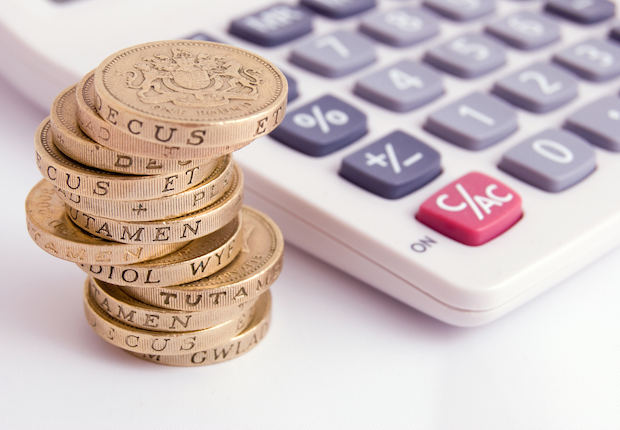 Autumn Statement 2016: From 2020, the tax-free personal allowance will rise in line with the Consumer Price Index rather than the national minimum wage.
Autumn Statement 2016: From 2020, the tax-free personal allowance will rise in line with the Consumer Price Index rather than the national minimum wage.
During his Autumn Statement speech, Chancellor Philip Hammond confirmed that the tax-free personal allowance will increase to £11,500 in April 2017 and £12,500 by the end of the current Parliament’s term in 2020.
The higher-rate threshold will rise to £45,000 in 2017 and to £50,000 by 2020.
Hammond said: “Despite the challenging fiscal forecasts, we will deliver on our commitment to raising the allowance to £12,500, and the higher rate threshold to £50,000, by the end of this Parliament.
“Once £12,500 has been reached, the personal allowance will rise automatically during the 2020s in line with inflation, rather than the national minimum wage as currently planned.
“It will be for the Chancellor to decide from year to year whether more is affordable.”
Iain McCluskey, partner at PricewaterhouseCoopers, said: “The rise in the personal allowance now makes it close to double the size it was in 2010, taking millions out of paying income tax during that time. Will this help those just about managing, the so-called ‘Jams’? Certainly not the lowest paid who currently earn less than the personal allowance so will feel no benefit.
“Low paid ‘Jams’ will be disappointed that the Chancellor has chosen to continue to cut the tax bills of those earning over £40,000 before helping those earning between £8,500 and £11,000. He could have done this by raising the national insurance primary earnings threshold substantially. Some of our lowest paid workers, such as apprentices, part-time workers and those on zero hours contracts, will feel they have been dealt a losing hand.”